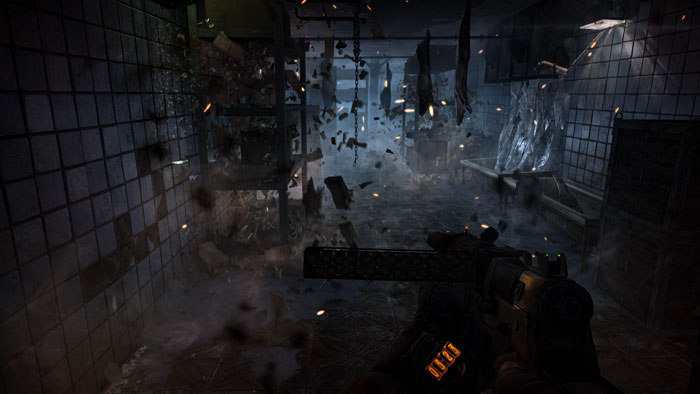

Nvidia's main justification for this stems from the fact that they seem to believe that more problems could creep up from using 2 GPU's which are totally different from each other in terms of functionality although they both seek to run games smoothly. We do know that problems have come up in the past owing to this and many problems could be related to the various issues surrounding drivers. Nvidia introduced CUDA with the 8-series so it seems logical at least an 8-series card would be required in order to run PhysX (CUDA enabled) on the GPU.


This could be a move on their part to lure in more gamers to consider SLI solutions and not an AMD GPU alongside a dedicated PhysX card. GPU PhysX is disabled when a non-Nvidia GPU is present because the company says a high quality experience in such a scenario can’t be guaranteed. From now on any Nvidia GPU that runs PhysX will have to be a GeForce 8-series and later with a minimum of 256 MB of dedicated GPU memory, which really shouldn’t be much of an issue unless a dedicated PhysX card (aka relic) is present in the system. So PhysX will only be supported with more than one card if both cards are Nvidia ones. From now onwards Nvidia will no longer be allowing PhysX to be supported in a scenario where a user has an AMD GPU along with a dedicated PhysX GPU (Nvidia). The new 340.52 drivers which enabled the new SHIELD tablet features also came with some a little more interesting.


 0 kommentar(er)
0 kommentar(er)
